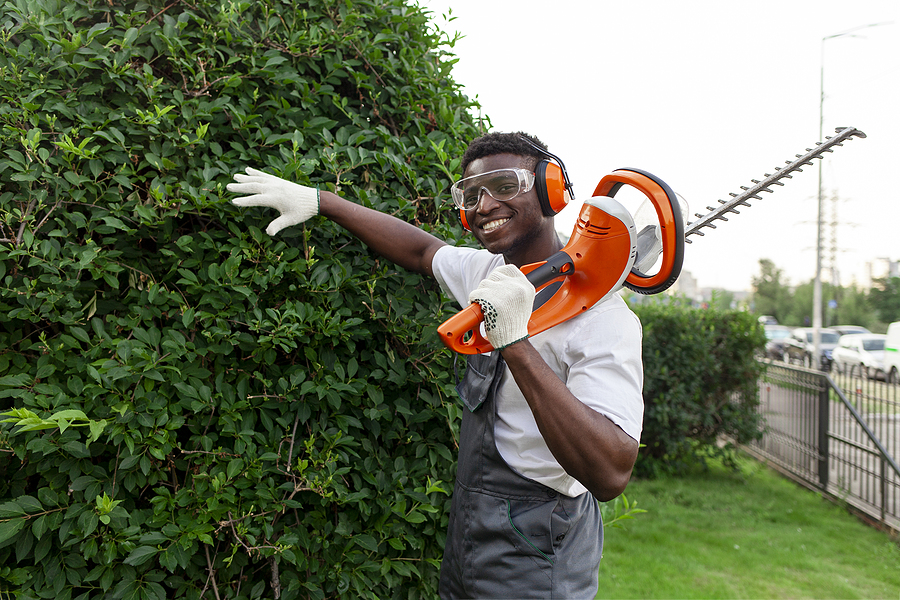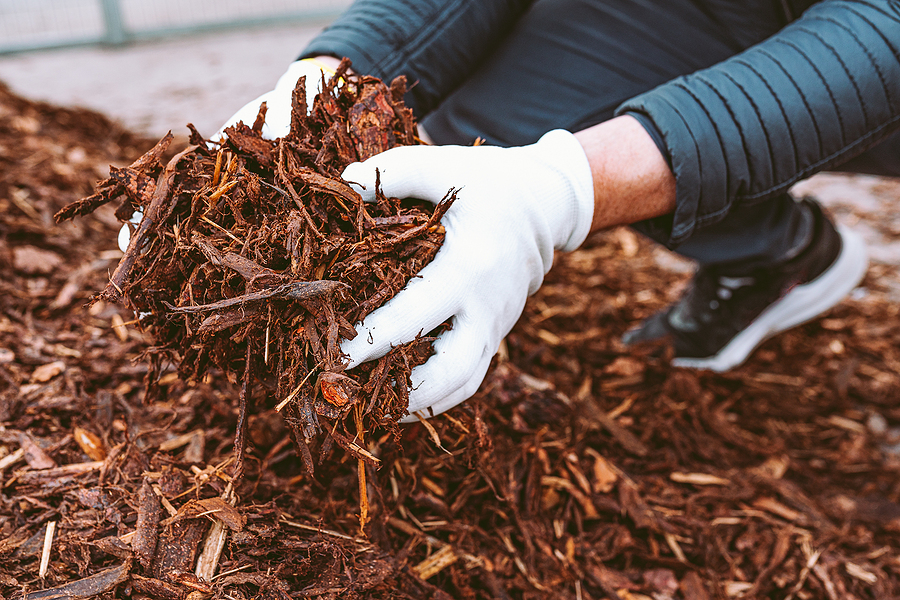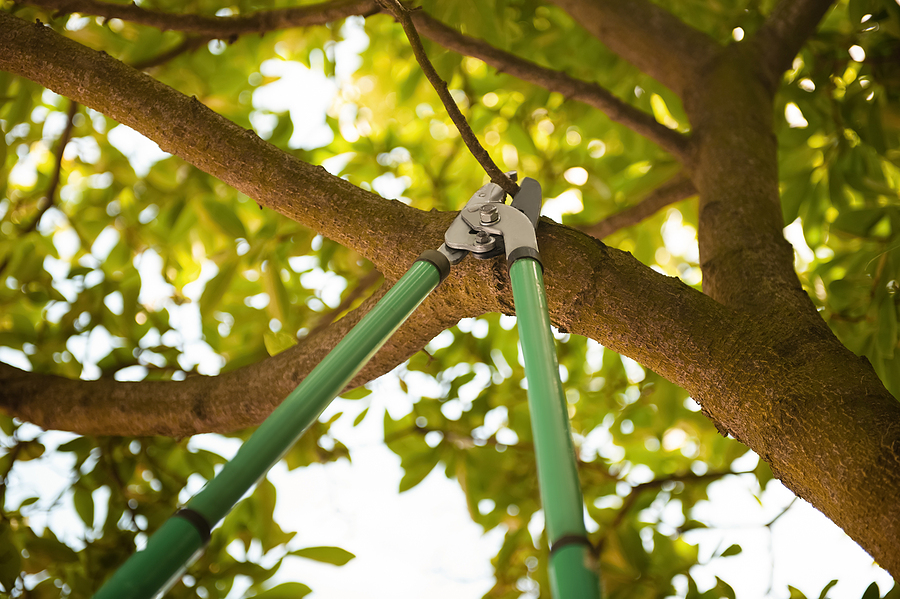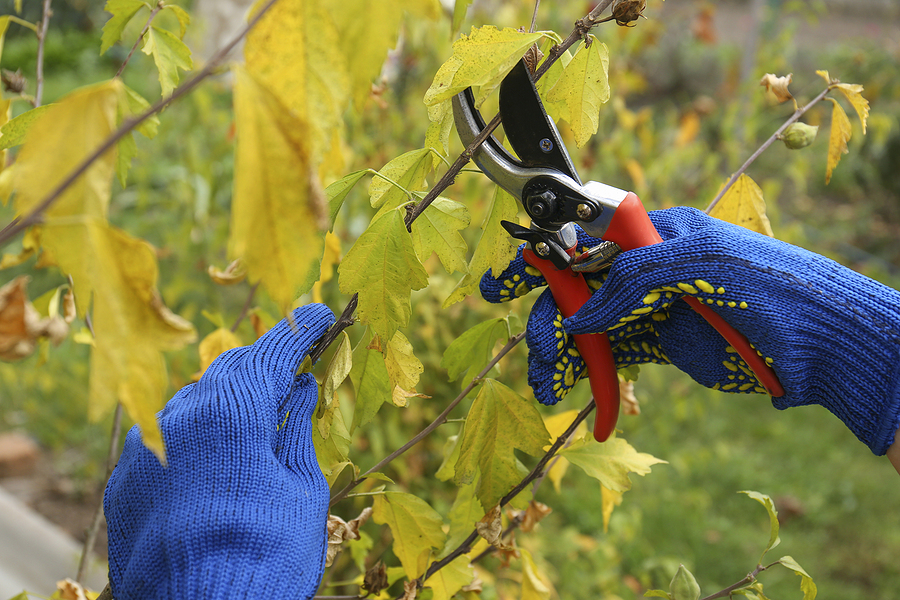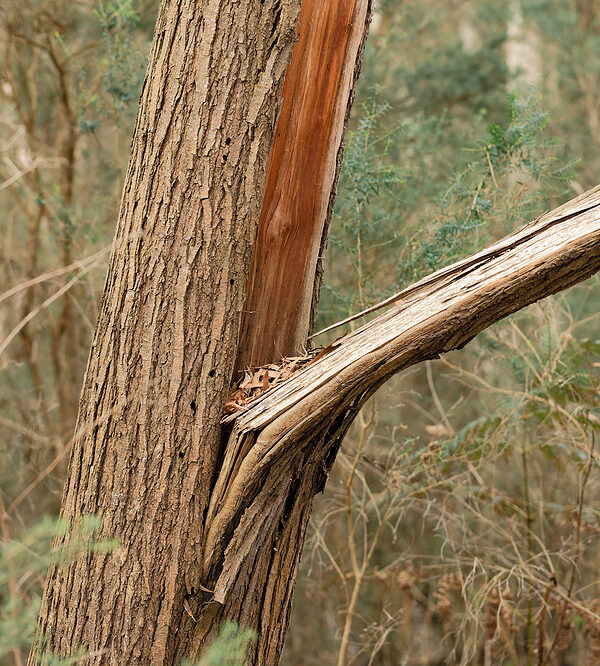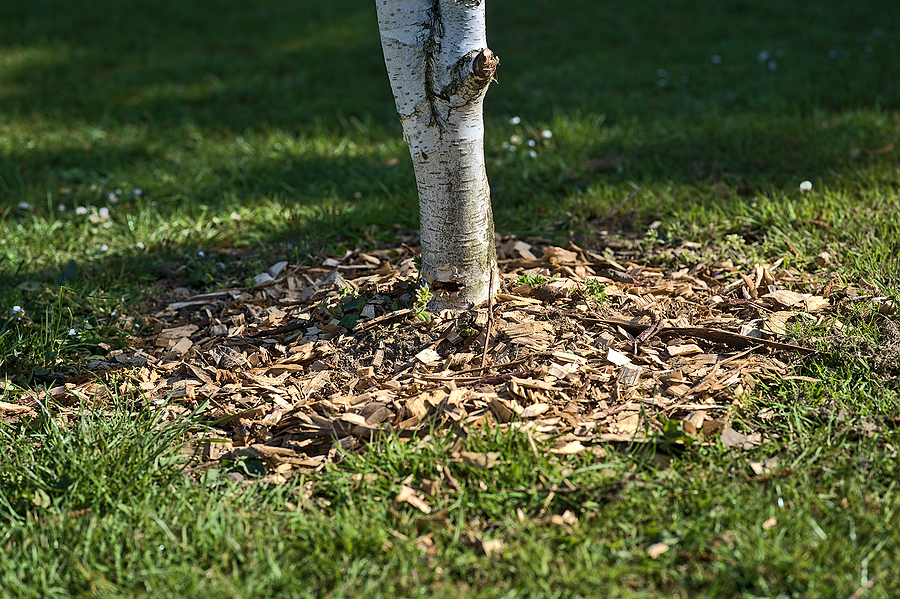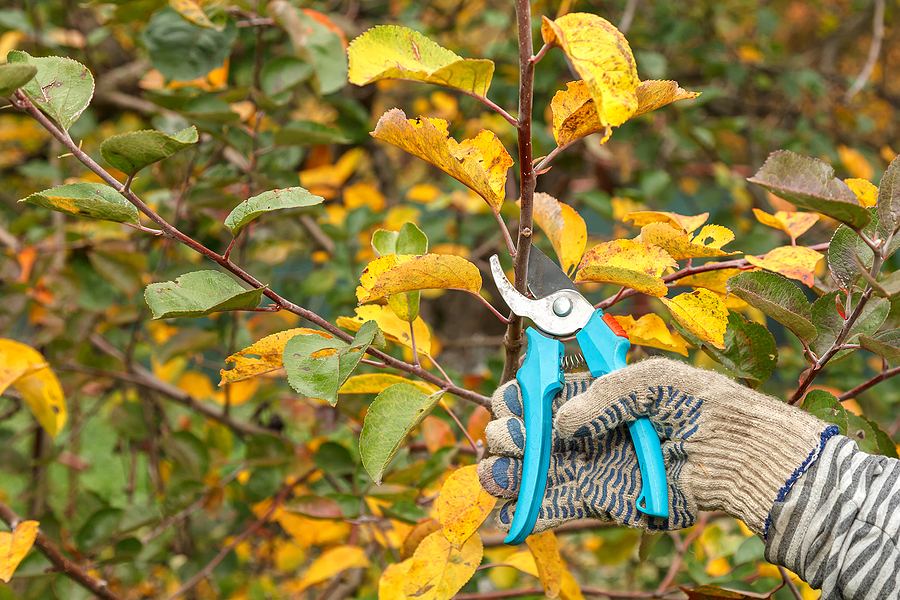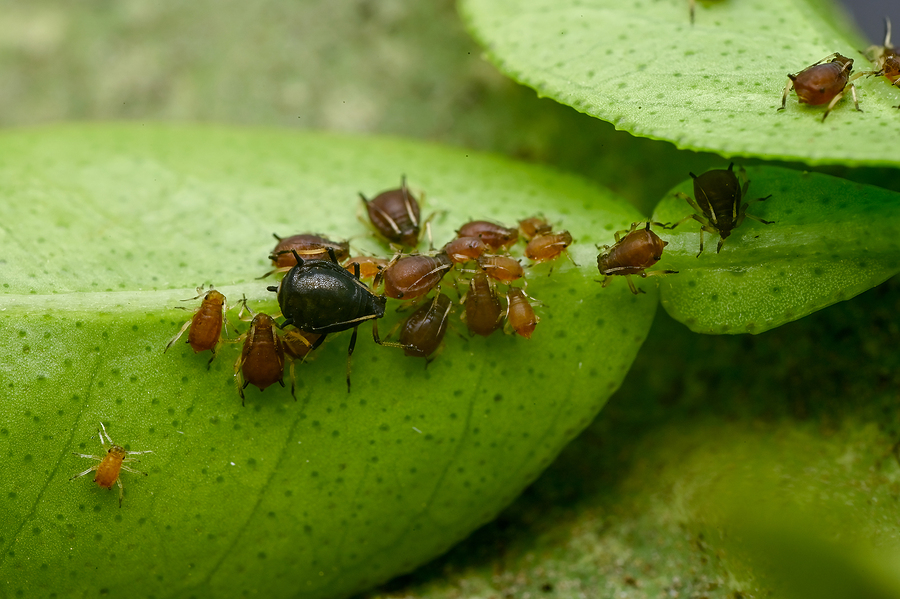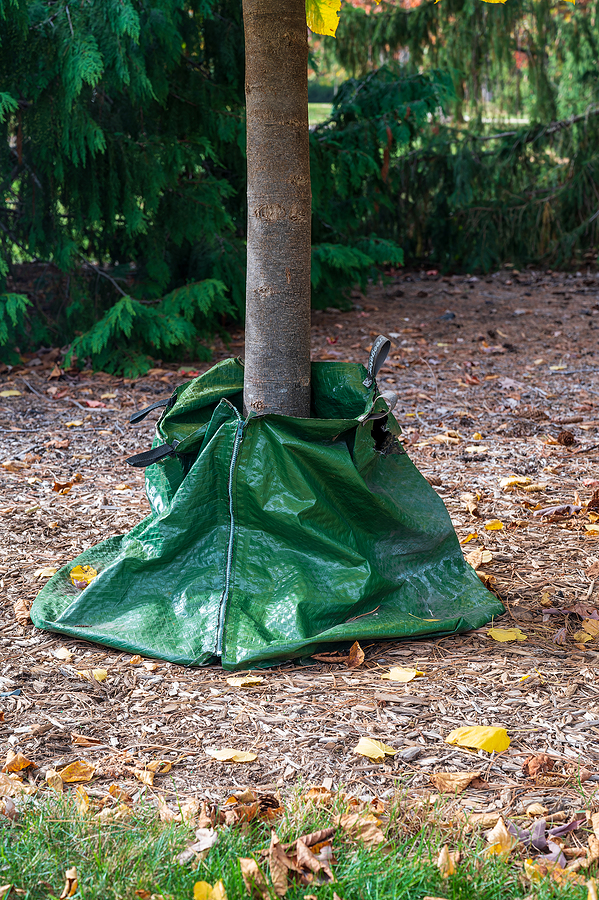When it comes to maintaining the health and aesthetics of your trees, pruning is an essential practice. However, did you know there are different methods of pruning, each serving a unique purpose? In this blog, we’ll delve into the differences between corrective pruning and maintenance pruning. We’ll explore when and why each method should be employed, and how they can benefit the health and longevity of your trees. So, if you’ve ever found yourself scratching your head over the intricacies of tree trimming, keep reading – this guide is for you.
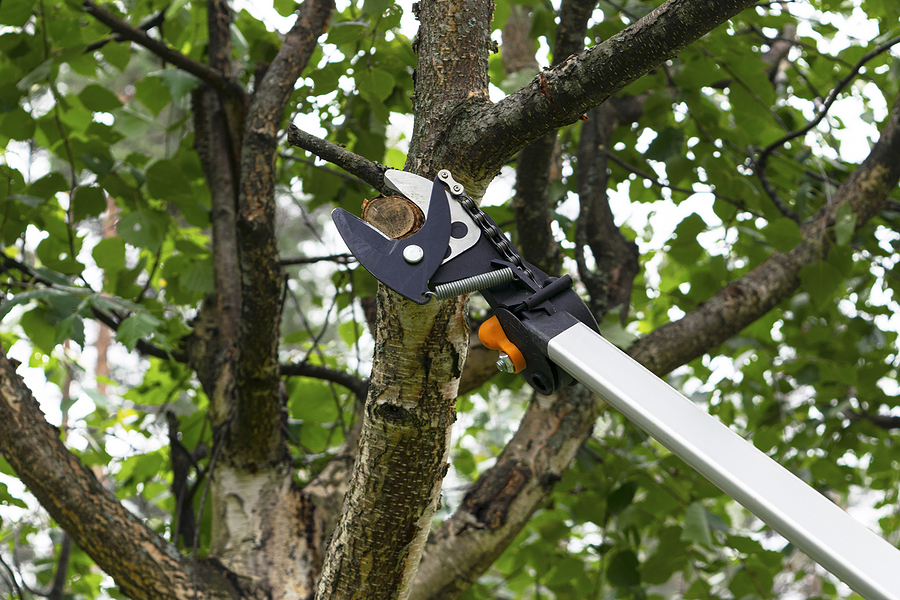
What is Corrective Pruning?
Corrective pruning is a form of tree trimming that focuses on improving the structural integrity and health of trees. This may include removing weak or diseased branches, reducing overcrowding, and encouraging more vibrant growth. Ultimately, corrective pruning serves to strengthen the overall structure of the tree, ensuring that it remains safe and healthy for years to come.
What is Maintenance Pruning?
In contrast, maintenance pruning is designed to improve the aesthetics of trees. This often involves removing branches that are growing too close together, reducing the overall size or shape of a tree, and thinning out foliage in order to redirect energy away from overgrown areas. Unlike corrective pruning, maintenance pruning is primarily for aesthetic reasons.
When Should You Prune?
The timing of tree pruning is critical to its success. For corrective pruning, the best time to trim trees is during the dormant season, when trees are least active and more tolerant of pruning-related stress. This usually occurs during winter in most areas. For maintenance pruning, the timing is less strict – this type of tree trimming can be done any time during the year. However, it’s generally best to avoid doing any major pruning during summer, as the warm temperatures make trees more prone to disease and shock.
How Can Pruning Benefit Your Trees?
Whether you opt for corrective pruning or maintenance pruning, the benefits to your trees are undeniable. Not only does regular pruning keep your trees looking their best, but it can also protect them from disease and other problems. By removing excess branches and foliage, you can ensure that your trees receive enough light and air to stay healthy. Additionally, pruning can reduce the risk of branches intruding on power lines or overhanging buildings, ensuring that your trees pose no danger to you or your property.
Tree Trimming Versus Tree Pruning
It’s important to note the difference between tree trimming and tree pruning. Tree trimming refers to removing small, excess branches and foliage from a tree, while tree pruning involves more substantial cuts that are designed to shape the structure of the entire tree. Both types of work should only be undertaken by trained professionals with experience in tree care, as improper techniques can damage or even kill trees.
The Bottom Line
Corrective pruning and maintenance pruning are two distinct types of tree trimming, each serving its own purpose. Corrective pruning is ideal for strengthening the structure of a tree, while maintenance pruning can be used to improve its aesthetic appeal. Both methods should only be undertaken by trained professionals, and timing is key – corrective pruning is best done during winter when trees are dormant, while maintenance pruning can be done at any time, though it’s best to avoid doing extensive work during summer. Pruning your trees regularly can help keep them healthy and looking their best – a win-win for everyone!
Whether you’re in need of tree trimming or pruning, Complete Tree Care is here to help. Our team of experienced Indianapolis tree service contractors and certified arborists will ensure that your trees are well-maintained and safe for years to come. Contact us today to learn more about how we can help you keep your trees looking their best.
Related Posts:
The Essentials of Tree Pruning: What Every Homeowner Should Know
The Advantages of Tree Pruning and How To Do It Right
Spring to Winter Seasonal Pruning Tips for Trees

